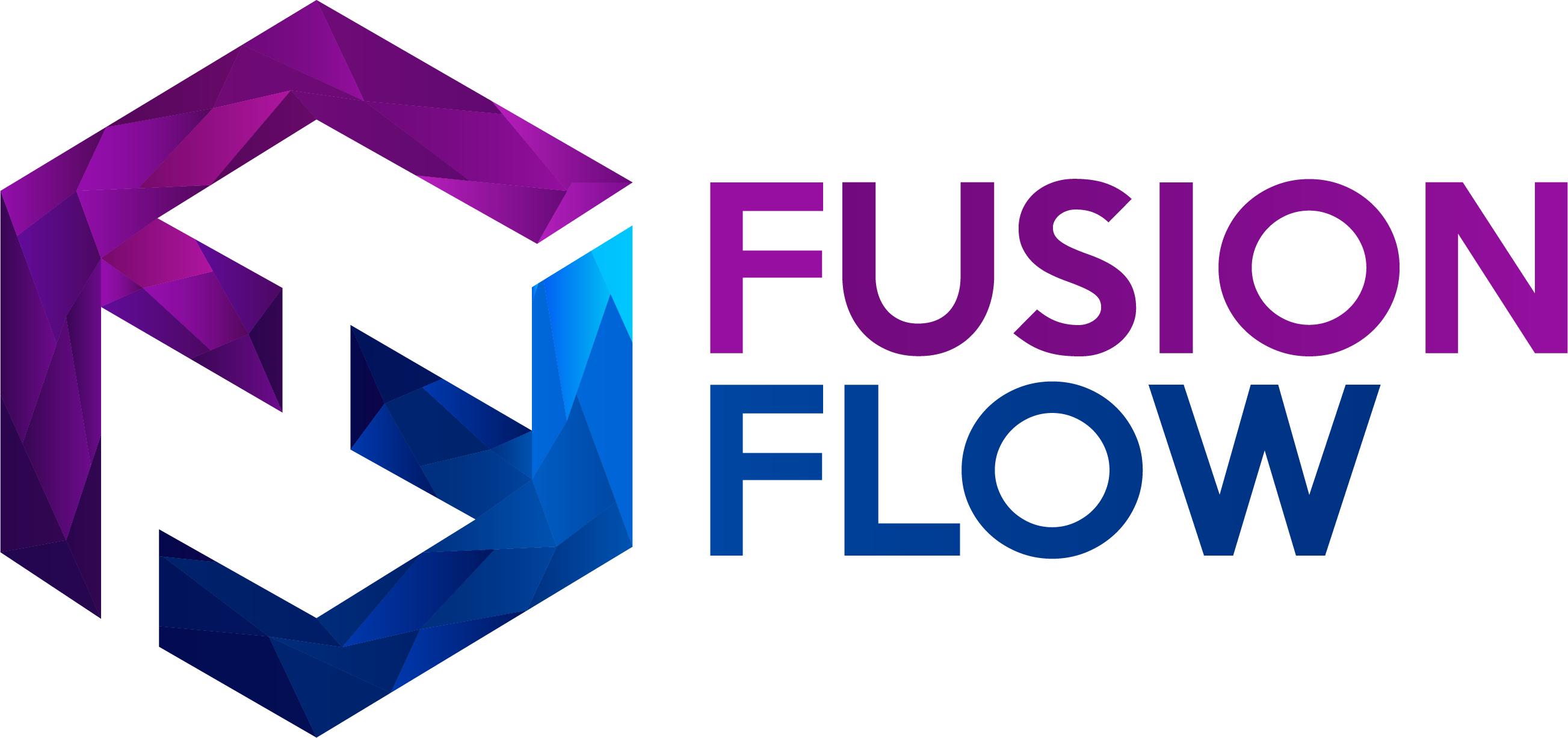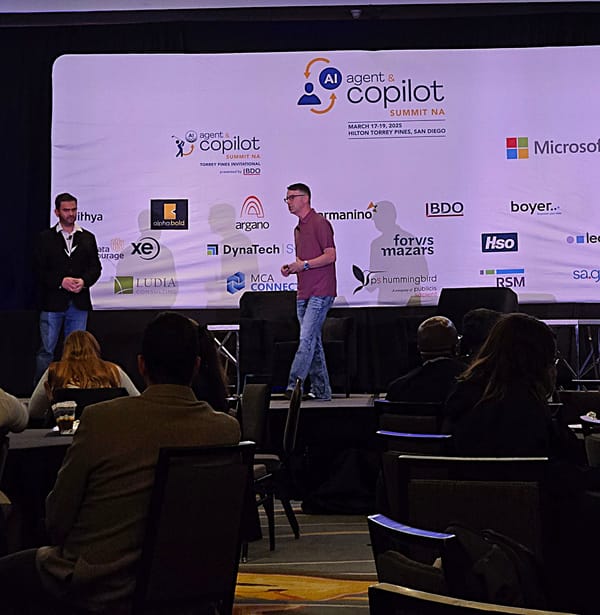Microsoft Fabric: The Unified Analytics Platform Every Decision-Maker Needs to Know About
Microsoft Fabric offers a unified platform for data analytics, integrating tools like Data Factory and Power BI. It reduces costs and complexity, enhances security, and speeds up insights with AI-driven analytics. Stay ahead by adopting Fabric for scalable, efficient data management.

As enterprises become increasingly data-driven, decision-makers are constantly seeking ways to streamline data operations, eliminate inefficiencies, and gain deeper insights faster. Microsoft Fabric is transforming this space with a unified data analytics platform that integrates everything from data engineering to real-time analytics within a single environment. If you have not yet explored its full potential, now is the time to take a closer look.
This article is based on insights shared during a Technical Presentation and Discussion meeting held on October 15th at Community Summit NA, where experts decoded Microsoft Fabric and its role within the Microsoft Pathfinder analytics platform.

Why Microsoft Fabric Matters for Enterprises
In companies where data is fragmented across multiple tools and services, Fabric provides a single, integrated platform that removes silos. Unlike the traditional mix of Azure services, Fabric has been redesigned to leverage Delta Lake as its primary storage format, ensuring greater efficiency and seamless data management across workloads.
Fabric represents a strategic evolution rather than a mere repackaging of existing tools. It includes familiar components such as Data Factory, Data Warehouse, and Power BI, but these have been optimized specifically for Fabric’s ecosystem. The goal is to provide a smooth experience that enables businesses to move from raw data to actionable insights with greater speed and accuracy.

Key Considerations for Decision-Makers
1. Scalability and Cost Efficiency
Fabric helps enterprises consolidate their data infrastructure, lowering the costs and complexity associated with managing separate data lakes, warehouses, and real-time analytics tools. This reduces cloud spending while improving performance.
“Enterprises that consolidate their data workloads into a unified system like Fabric can see up to 30% reduction in infrastructure costs.” – Industry Report, 2024
2. Security and Compliance at Scale
For businesses handling sensitive data, Fabric provides governance features powered by Microsoft Purview. These features enable fine-grained access controls, sensitivity labels, and compliance tracking, ensuring that data remains secure and audit-ready.
“One Security, a major Fabric feature, ensures that permissions travel with your data, maintaining compliance across workloads.”
3. AI-Powered Analytics and Automation
Microsoft Fabric is designed with AI-driven analytics to automate repetitive data management tasks and provide intelligent insights. The Direct Lake mode in Power BI, for example, accelerates querying speeds without the need to duplicate datasets.
“By eliminating the need for multiple data copies, Fabric’s Direct Lake mode delivers insights up to five times faster than traditional data pipelines.”

4. Future-Proofing with Continuous Innovation
Microsoft is continuously expanding Fabric’s capabilities, with an ongoing roadmap of improvements. Recent updates include cross-workspace pipeline execution, Git integration, and new data ingestion methods. Keeping up with these developments ensures that organizations maintain a competitive edge.
“Microsoft Fabric is constantly evolving with enhancements that will make it the de facto standard for enterprise analytics.”
Moving Forward: Should Your Business Adopt Fabric?
For organizations managing large-scale data operations, Microsoft Fabric provides a comprehensive solution that simplifies architecture, lowers costs, strengthens security, and enhances analytics. Instead of managing multiple fragmented systems, enterprises can unify their data strategy under one platform that is both scalable and efficient.
Are you ready to explore how Microsoft Fabric can fit into your data strategy? Let’s talk. Book a call with me here and let’s discuss how this solution can meet your organization’s specific needs.





